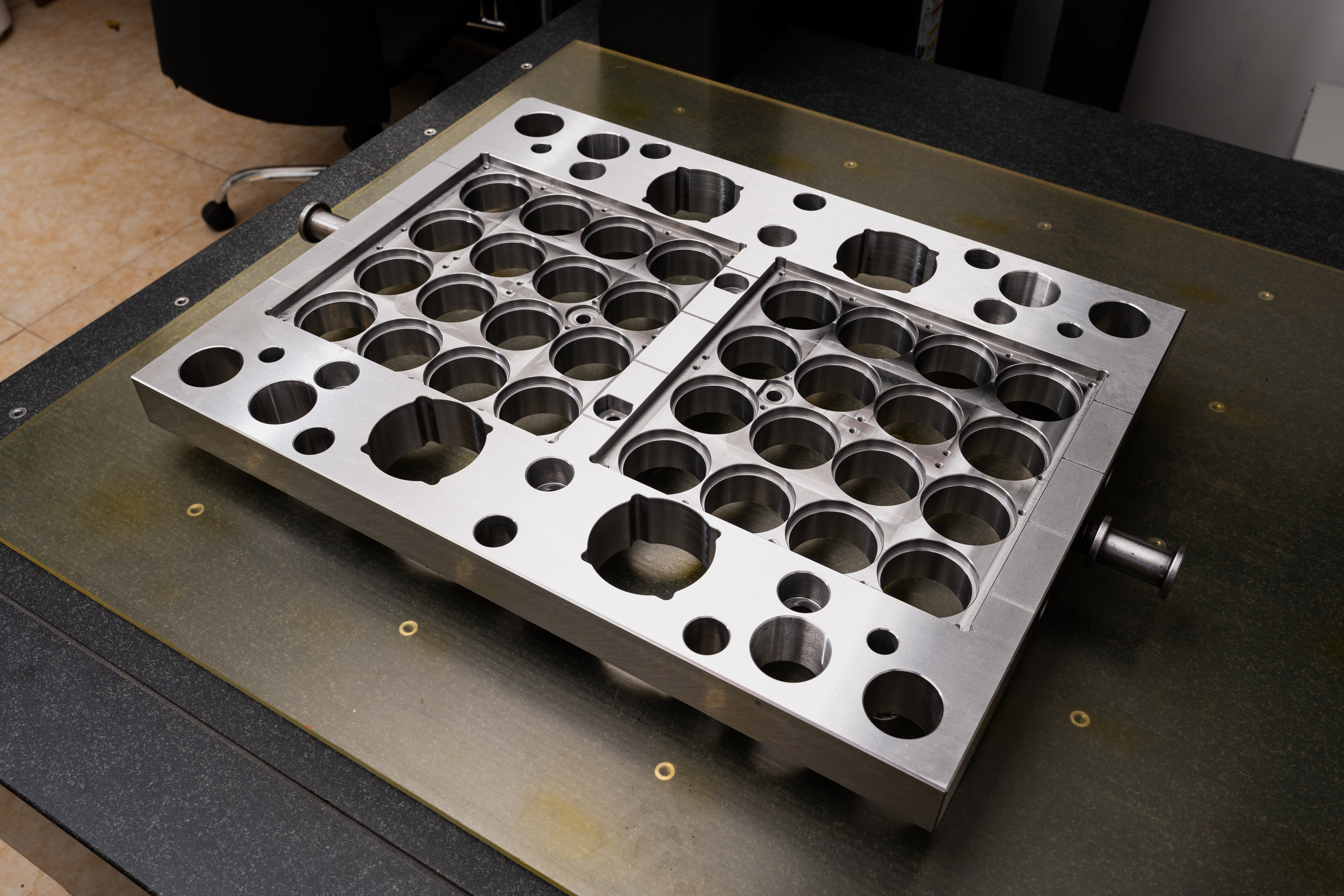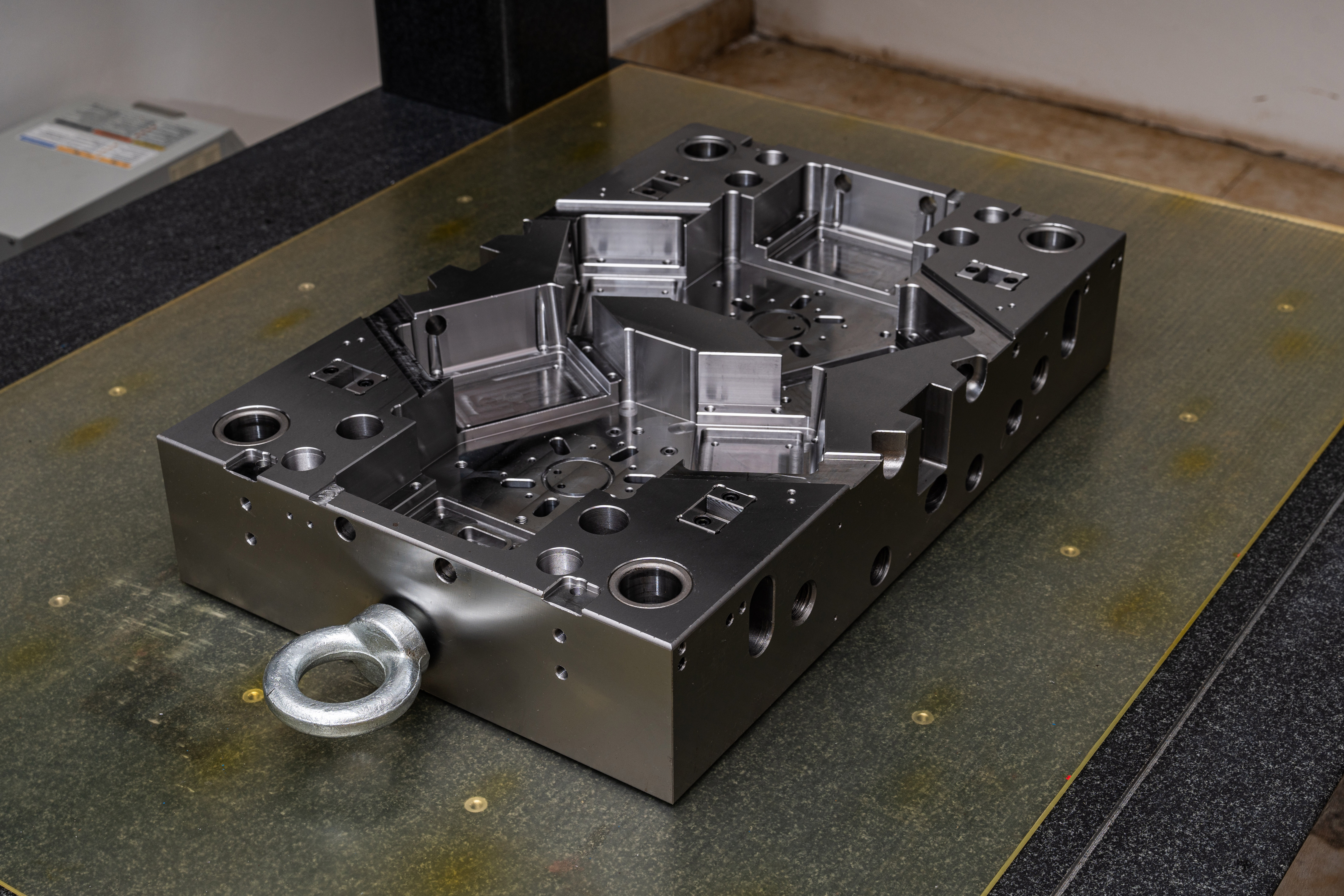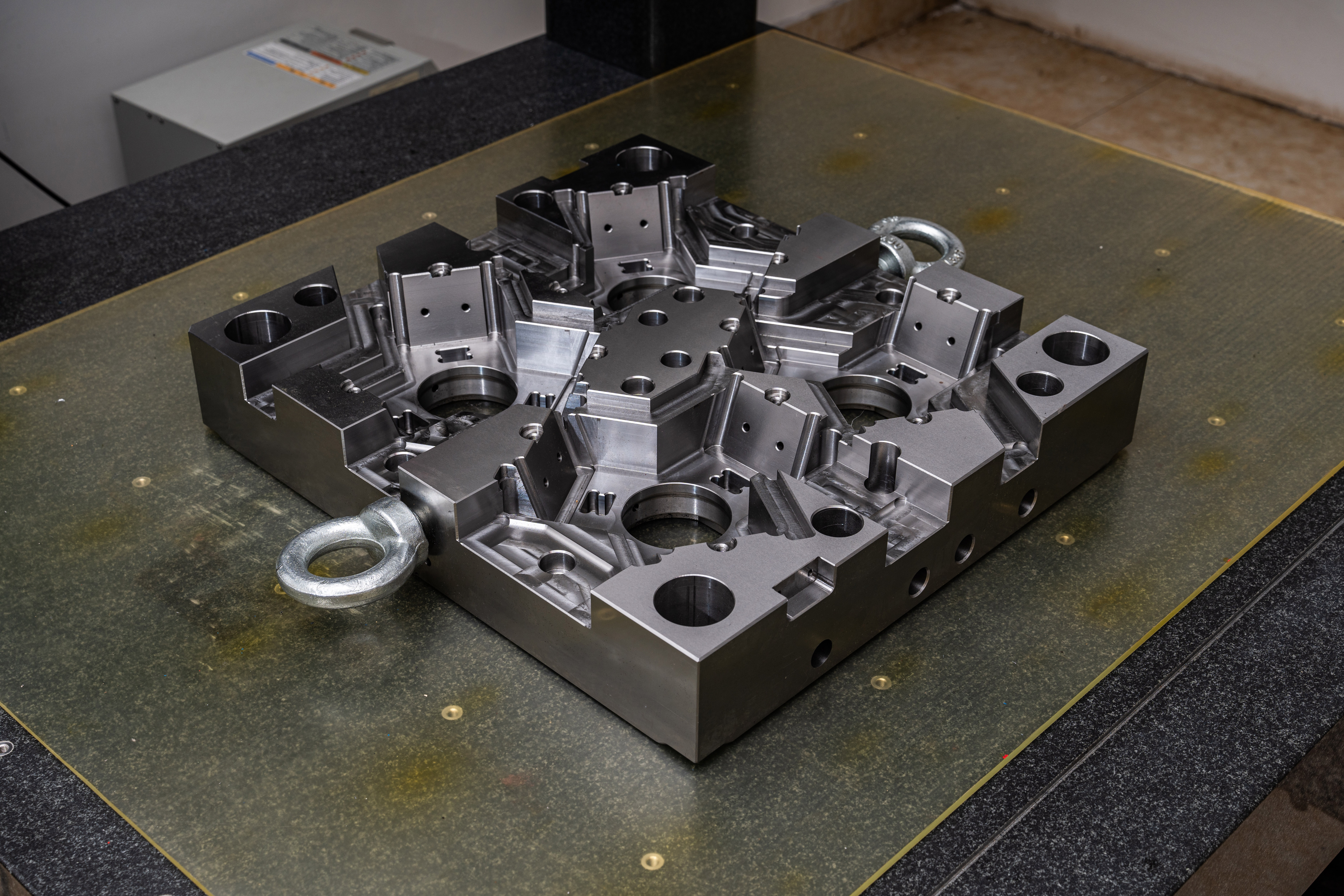Introduction
The mold base industry plays a pivotal role in various manufacturing sectors, such as automotive, aerospace, and consumer goods. An essential component in the mold base production process is modeling clay, which is used to create accurate and precise mold impressions. Determining the optimal thickness of clay layers is crucial for achieving high-quality molds. In this article, we explore the methods used to determine the optimal thickness of modeling clay layers in the mold base industry.
Method 1: Trial and Error
One common method employed by mold base manufacturers to determine the optimal thickness of modeling clay layers is through trial and error. Initially, a small layer of clay is applied to the mold base. The mold is then closed, and the clay is compressed. Upon opening the mold, the clay's thickness is measured, and adjustments are made accordingly. This iterative approach allows manufacturers to gradually achieve the desired clay thickness.
Method 2: Measuring Instruments
In recent years, the mold base industry has adopted more advanced methods for determining clay layer thickness. Measuring instruments, such as depth gauges and digital calipers, have become essential tools in this process. These instruments provide precise measurements, allowing manufacturers to accurately determine the thickness of modeling clay layers. By using these instruments, the trial and error method can be further refined and accelerated.
Method 3: Finite Element Analysis (FEA)
Another method that is gaining popularity in the mold base industry is Finite Element Analysis (FEA). FEA is a computer simulation technique used to analyze the behavior of materials and structures under various conditions. By employing FEA, manufacturers can simulate and analyze the compression of modeling clay layers. This allows them to optimize the clay thickness and identify potential issues, improving the overall mold base quality.
Method 4: Rheological Testing
Rheological testing involves measuring the flow properties of materials, including modeling clay. By analyzing the rheological properties of clay, manufacturers can gain insights into its behavior under compression. This information is invaluable for determining the optimal thickness of clay layers. Rheological testing equipment, such as rotational rheometers and viscometers, are used to measure the viscosity, elasticity, and other key parameters of the clay.
Conclusion
Determining the optimal thickness of modeling clay layers is critical in the mold base industry to ensure high-quality mold impressions. Methods such as trial and error, measuring instruments, Finite Element Analysis, and rheological testing are employed to achieve accurate and precise clay layer thickness. As technology continues to advance, mold base manufacturers have access to more sophisticated tools and techniques, leading to improved mold quality and efficiency. Such advancements contribute to the continued growth and success of the mold base industry.




